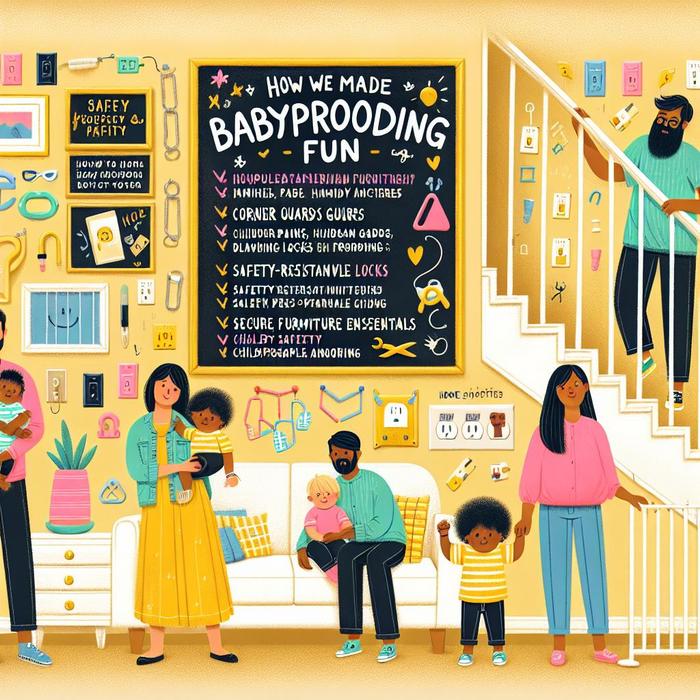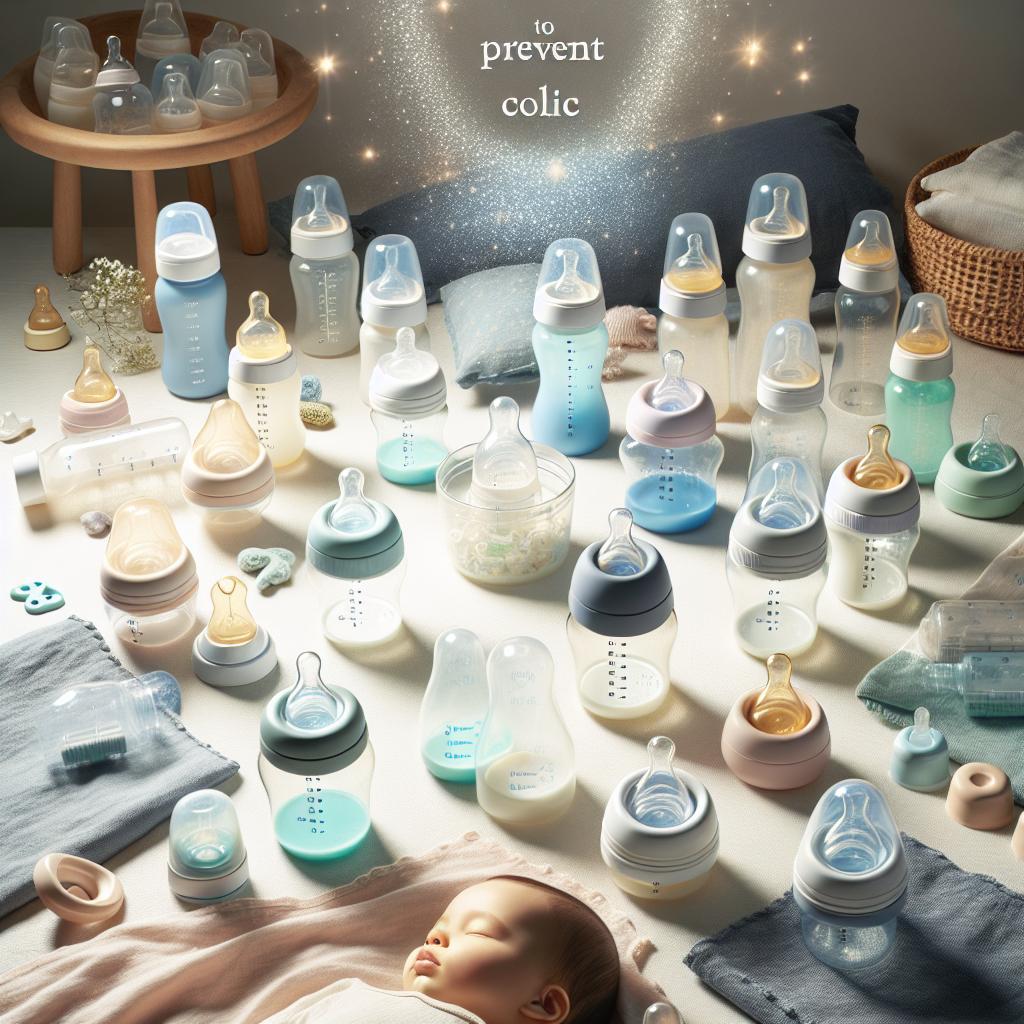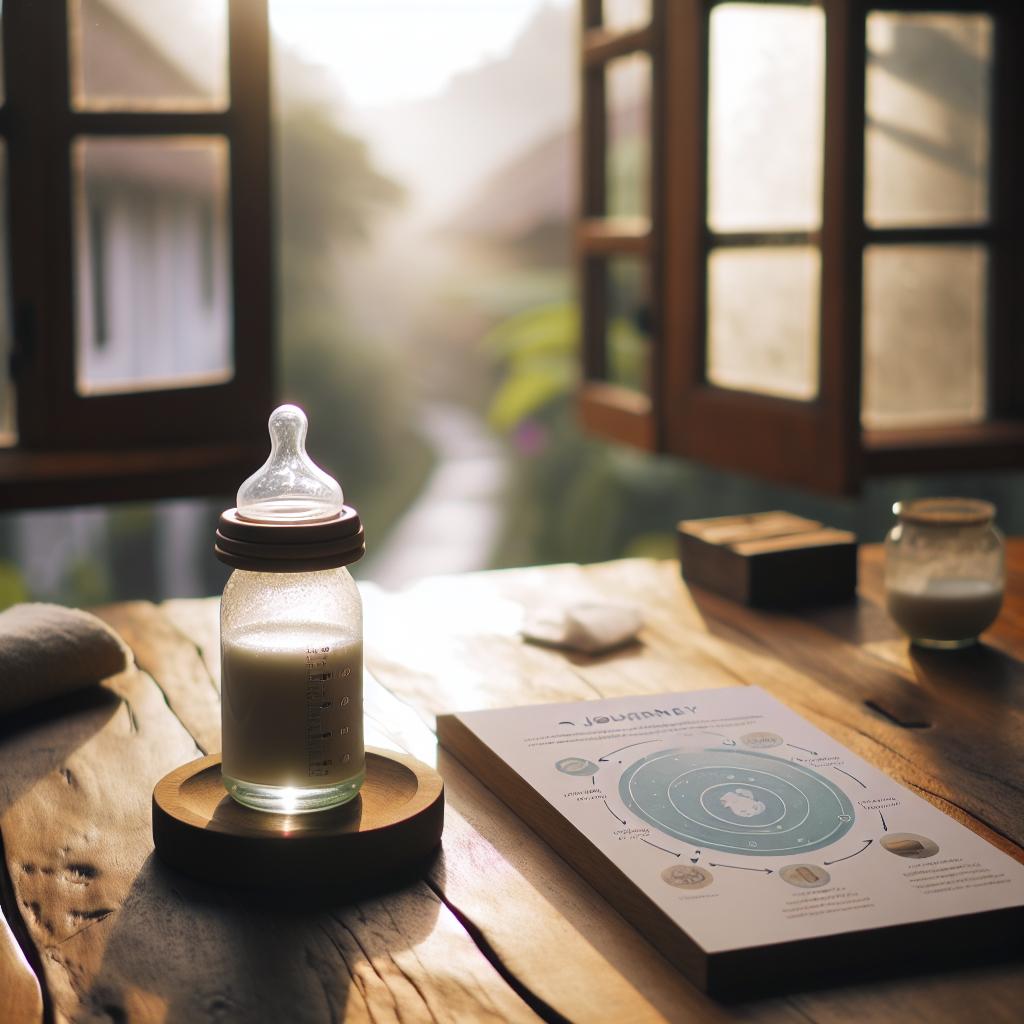Engaging the Whole Family in Babyproofing
When it comes to ensuring your little one’s safety at home, every family member has a role to play. Babyproofing is not just about installing safety gates or latching kitchen cabinets—it’s about transforming your house into a safe, nurturing environment where your child can explore and grow without danger. While it may seem like an arduous task, we’ve found ways to make it fun and engaging for the whole family. Here are some babyproofing tips that helped us turn safety into a family affair.
Involve Everyone in Assessment
The first step in babyproofing your home is to determine the potential hazards. Include all family members in this process, including the older kids. While you may easily spot the sharp edges of the coffee table, your older child may notice small toys that present a choking hazard. She might also be more aware of the dangers posed by her own art supplies or small gadgets. By including everyone in the process, you’re teaching your children responsibility and the importance of safety. Plus, they’ll be more likely to keep their spaces tidy, which is an excellent bonus for parents. You can even turn this into a treasure hunt game for more fun! One valuable resource we found is a Child Safety Store. You might want to check it out with your family.
Make a Babyproofing Plan
Once you’ve identified potential hazards, the next step is to create a babyproofing plan. This is a great opportunity to sit together as a family and discuss safety measures. It’s also an excellent time to involve your kids in decision-making. Ask them for their ideas on how to babyproof specific areas or objects. They might come up with creative solutions that you wouldn’t have thought of.
- Living Room: This is where families usually spend most of their time, so it’s important to ensure it’s safe. For some creative ways to babyproof a living room without sacrificing style, this article provides some great tips.
- Kitchen: The kitchen can have many potential hazards, but with proper planning and steps, it can be made safe for your little explorer. For instance, move cleaning supplies to upper cabinets, secure appliances with safety straps, and use stove knob covers.
- Bathroom: Keeping the bathroom door locked might be a good solution until your child is old enough to understand the dangers. Install anti-slip mats, keep toiletries out of reach, and never leave your child unattended in the bath.
Turn Babyproofing Into a DIY Project
With your plan in place, you can start securing your home. To make this process more enjoyable, consider turning it into a DIY project. Ask your kids to help with tasks appropriate for their age. For example, they can help install safety gates, apply corner protectors, or secure furniture to the wall. This way, babyproofing becomes a fun and creative family activity rather than a tedious task.
Keeping the Balance: Safety and Exploration
While it’s essential to keep your child safe, it’s also important to allow them space for exploration and development. For example, you might want to leave some lower cabinets unlocked and filled with safe objects for your little one to discover. The same principle applies to encouraging other developmental milestones, like crawling. You can learn more about that in our crawling tips article.
On-Going Babyproofing: Adapting as Your Child Grows
Remember, babyproofing is not a one-time project. As your child grows and starts to crawl, walk, and climb, new hazards will present themselves. Regularly reassess your home and adjust the safety measures as needed. Here is an excellent childproofing guide from the Consumer Product Safety Commission for different child development stages that you might find helpful. By engaging the entire family in maintaining a safe environment, you’ll ensure that your home remains a place of joy, discovery, and home safety.
Setting Age-Appropriate Expectations for the Siblings
Your older children play a crucial role in babyproofing your home; from keeping their toys and items that can cause hazards well organized to handling their younger siblings responsibly. It is essential to discuss age-appropriate expectations with them.
- Teens: If you have teenagers at home, they might be baby-sitting their younger siblings once in a while. Ask them to ensure the toddlers aren’t left unattended, especially near water bodies, and teach them how to react in emergency situations.
- Middle Schoolers: If your middle schooler loves arts and crafts, they might have beads, buttons, and other small parts. Kids at this age can understand the concept of choking hazards, so ask them to keep their craft supplies neat and out of the toddler’s reach.
- Primary Schoolers: Usually, children in this age group have small toys that can be dangerous for toddlers. Educate them about the risks and include them in the safety process. They’ll likely be more careful with their playthings.
Learning from Other Parents
Parenting communities are a great source of babyproofing ideas. Experiences shared by others on forums can give you new insights into effective strategies. For instance, a conversation on Reddit about babyproofing houseplants or discussions about what’s necessary and what’s not in the babyproofing process on this subreddit can be beneficial.
The Concept of Partial Babyproofing
Not all parents believe in extensive babyproofing. Instead, they prefer a minimalistic approach, like Danielle Moss, who shares her experience about not babyproofing her home entirely. You might find this approach more realistic for older kids’ rooms or areas where your baby seldom goes. After all, with surveillance and teaching your baby about what’s safe and what’s not, you can reduce the need for protective measures.
The Importance of Teaching Safety Over Time
Engaging everyone in maintaining a safe environment is a great way to ensure your child’s safety, as prevention is better than cure. Lenore Skenazy discusses the importance of teaching kids safety over time, rather than just babyproofing. Embedding awareness and safety measures into everyday life activities can be a life-long lesson for your children.
Conclusion Free Babyproofing
In conclusion, engaging the whole family in babyproofing can become an enjoyable activity rather than a daunting task. The key is to maintain a balance between safety measures and granting your children, including your baby, the room to explore and grow. Similarly, setting age-appropriate expectations for older siblings and learning from other parents can also certainly help in the process. After all, a home filled with love, safety, and discovery is the best place for a child to thrive.







